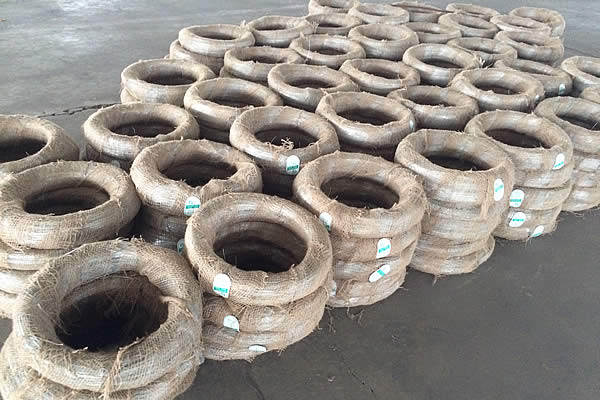 TEL:
+86-13102802206
TEL:
+86-13102802206
 Email:
fencenetting@china.com
Email:
fencenetting@china.com
 Language
Language
 TEL:
+86-13102802206
TEL:
+86-13102802206
 Email:
fencenetting@china.com
Email:
fencenetting@china.com
 Language
Language


Melting Copper and Aluminum Together Exploring the Possibilities
The interaction between metals is a fascinating area of study in materials science. Among many metal combinations, the melting of copper and aluminum together stands out due to its intriguing characteristics and potential applications. Both metals are essential in modern technology, and understanding how they interact can lead to innovative material solutions.
Properties of Copper and Aluminum
Copper is renowned for its excellent electrical conductivity, malleability, and resistance to corrosion. It is often used in electrical wiring, plumbing, and thermal applications. Aluminum, on the other hand, is known for its lightweight nature, high strength-to-weight ratio, and resistance to oxidation. Its applications range from automotive components to packaging materials.
When combined, these two metals can create alloys with unique properties. However, melting them together requires an understanding of their differing melting points and the challenges involved in their fusion.
Melting Points and Compatibility
The melting point of copper is approximately 1,984°F (1,085°C), while aluminum melts at a much lower temperature of about 1,221°F (660°C). This significant difference presents both challenges and opportunities for metallurgists and engineers. The challenge lies in the fact that if not managed properly, the higher temperature required for copper may lead to the oxidation of aluminum, compromising the alloy's properties.
Despite the melting point disparity, it is possible to melt copper and aluminum together using specific techniques and additives that promote a successful fusion. The introduction of fluxes, for instance, can help in preventing oxidation, ensuring that the metals bond effectively during the melting process.
Challenges of Melting

One of the primary challenges when melting copper and aluminum together is the formation of intermetallic compounds. These compounds can alter the mechanical properties of the resulting alloy, often making it more brittle or reducing its ductility. Controlled experimentation and precise temperature management are crucial to mitigate these effects. Engineers and researchers often conduct experiments to discover the optimal ratios of copper and aluminum to achieve desirable mechanical properties without compromising integrity.
Applications of Copper-Aluminum Alloys
The alloys resulting from melting copper and aluminum together can lead to a variety of applications. These include components in the automotive and aerospace industries where lightweight yet durable materials are essential. For instance, such alloys can be used in the manufacturing of engine parts, electrical connectors, and structural applications that require good strength while keeping weight low.
In addition to engineering applications, copper-aluminum alloys have potential uses in decorative arts. The unique coloration and properties of the alloys can create appealing aesthetics, making them desirable for jewelry and craftwork.
Future Research and Development
Ongoing research into the melting and alloying of copper and aluminum aims to unlock further potential in this area. By refining melting processes and exploring new methods of alloy formation, researchers are looking to develop materials that enhance performance while reducing costs. Advances in casting techniques, 3D printing, and other manufacturing processes are particularly promising, allowing for more precise control over the properties of the final product.
Conclusion
Melting copper and aluminum together presents both opportunities and challenges. With a robust understanding of metallurgy and modern techniques, the potential for creating new materials from these two widely used metals is vast. As industries continue to demand lighter, stronger, and more efficient materials, innovations in the melting and alloying of copper and aluminum are sure to play a critical role in meeting these needs, paving the way for future developments in technology and manufacturing. As we continue to explore the synergies between these two metals, the possibilities remain promising, revealing new pathways for creativity and engineering excellence.